You often face the problem of using a traditional machine to shape the metal. Sometimes your material part can warp from heat and break easily. Furthermore, the traditional methods need expensive tools or create burrs that need cleanup. These issues slow your production and raise costs.
The photochemical machining (PCM) is designed to tackle all these problems. It uses no force, no heat, and no blades. You can change designs quickly and make parts with tight tolerances. It’s fast, clean, and cost-effective for both small and large runs.
Read the guide to explore the photochemical machining specifications, capabilities, and key benefits. So, you have enough knowledge about how does photochemical machining works.
What is Photochemical Machining and How Does It Work?

Photochemical Machining (PCM) is a manufacturing process that uses light and chemicals. The machine is designed to remove material from sheets and create different parts.
You can create detailed parts with high accuracy. This method creates clean, burr-free metal parts without heat. The electronics, aerospace, and medical industries adopt this machine to make complex parts.
Design Guidelines for Photochemical Machining
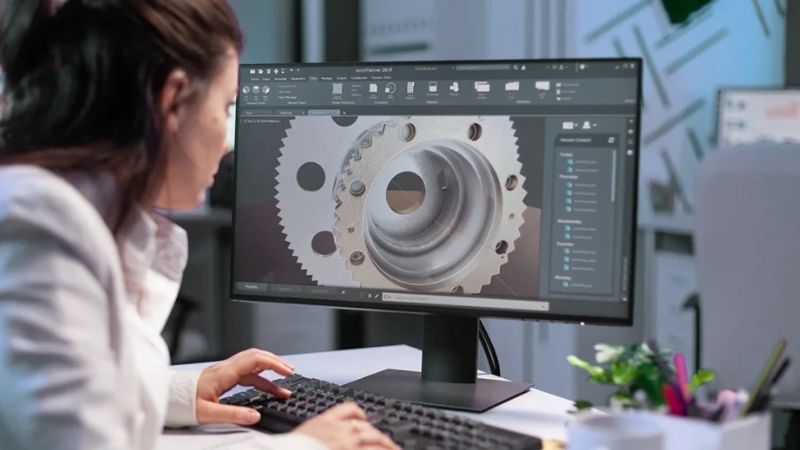
Before you start to create a project, it’s important to follow some basic design rules. These rules help you to avoid weak spots, blurry features, and part rejection. The photochemical machining process has some natural limits because it removes metal with chemicals. Below are key guidelines you should keep in mind:
| Design Factor | Guideline | Explanation |
| Minimum Hole Size | ≥ 1.2× material thickness | For clean holes, the smallest diameter should be at least 1.2 times the sheet’s thickness. |
| Line Widths | ≥ material thickness | Thin lines should match or exceed material thickness. |
| Spacing Between Features | ≥ 0.1 mm or based on material and thickness | Maintain enough space to prevent overlapping etch zones and preserve shape accuracy. |
| Etch Compensation | Add 10–20% width for features | Metal etches sideways too. This offset compensates for edge loss, especially in finer parts. |
| Part Nesting | Group parts close but spaced by ≥ 0.5 mm | Close nesting saves material, but spacing prevents over-etching and allows clean edges. |
TMNetch’s Photochemical Etching and Machining Service Expertise
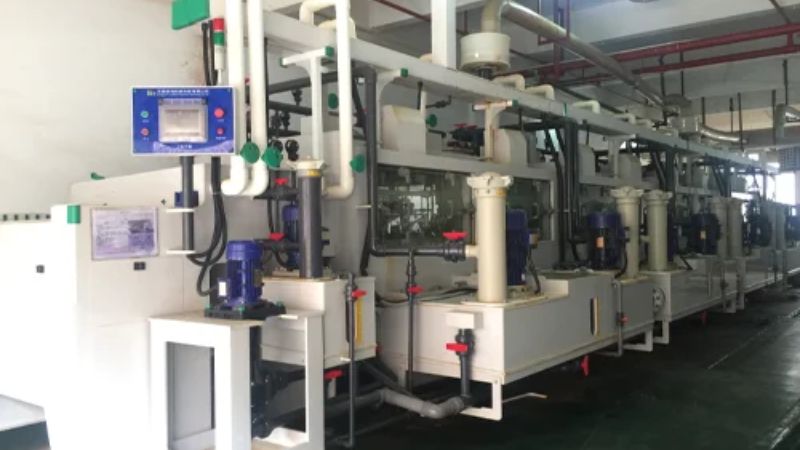
TMNetch’s focuses on precision and accuracy in the manufacturing parts process. The brand is a trusted name in the photochemical machining industry. They make accurate, high-quality metal parts without burrs or distortion. These photochemical machining of metal parts are used in industries where exact details really matter.
The photochemical machining company can handle simple jobs or complex designs and always keeps tight tolerances. They offer advanced techniques like multi-level etching and double-sided etching for more detailed parts.
They also work with many different metals, such as stainless steel, copper, brass, titanium, and nickel alloys.
With many years of experience, they work with major industries like aerospace, electronics, medical devices, and automotive. The company’s goal is to give customers clean, accurate, and affordable metal parts. They focus on quality, fast turnaround times, and flexible designs.
Photochemical Machining Applications
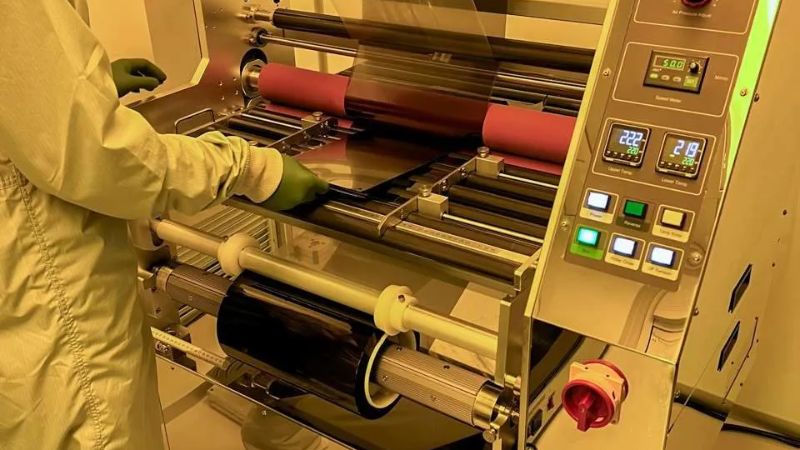
The photochemical machining (PCM) application is not limited to shaping the material for the manufacturing industry. Because of its accuracy and flexibility, PCM plays an important role in many industries that require complex geometries. Below are the common photochemical machining applications across different industries.
Electronics
The applications of photochemical machining in electronics are widely used to produce components. Applications include printed circuit boards, lead frames, connector contacts, RF shields, and encoder disks. The ability to etch thin metals with micron-level precision. It makes the PCM ideal for manufacturing parts that must maintain electrical performance.
Medical Devices
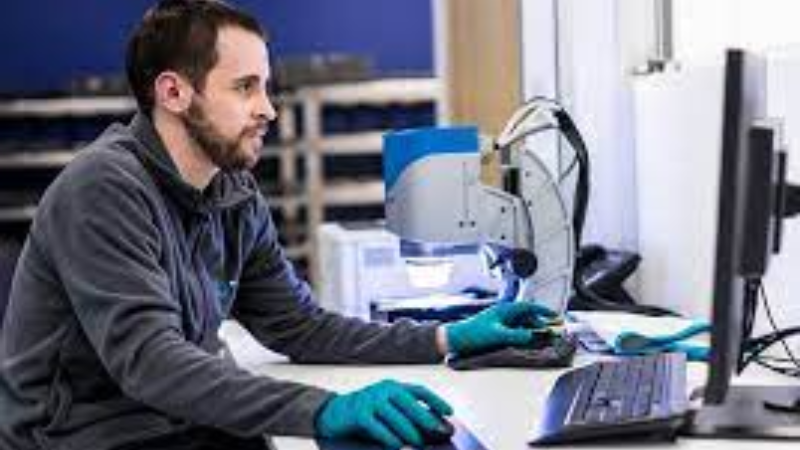
Medical device manufacturers depend on PCM to create parts that meet strict hygiene standards. They use PCM to produce surgical instruments, implantable components, and diagnostic tools. Furthermore, they also create micro-scale parts for devices such as catheters or stents.
Aerospace
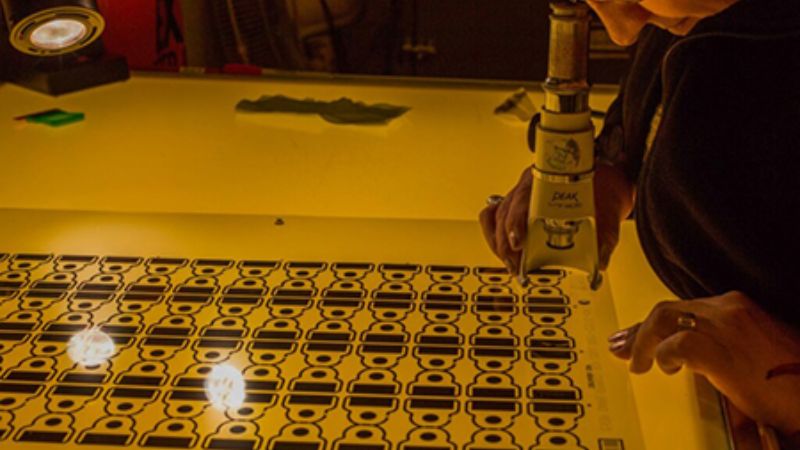
In aerospace, the photochemical machine is used to manufacture lightweight and complex components for spacecraft. These parts often include fuel system components, heat exchangers, filters, and precision shims. The process enables engineers to design intricate geometries and thin-wall structures. It reduces weight and maintains the structural integrity.
Automotive
Automotive suppliers use photochemical machining to create high-precision parts for engines. They design and manufacture transmission systems and electronic assemblies. PCM enables the production of custom gaskets, fuel injector plates, and fine screens. You can produce uniform parts that meet the industry’s quality standards.
Micro-Manufacturing
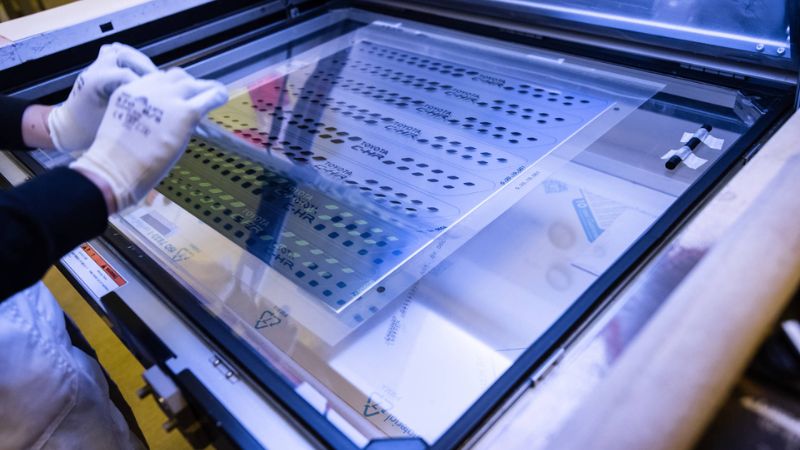
PCM is also essential in micro-manufacturing applications. It is used to fabricate microfluidic devices, spray nozzles, mesh filters, and other miniature components. Because the PCM can create complex patterns on very thin metals, it offers more design freedom than stamping methods.
Once you explore the application, move to photochemical machining advantages and disadvantages.
What Are the Key Benefits of Photochemical Machining?
Photochemical machining revolutionizes the metal manufacturing industry. It avoids many of the downsides of traditional metal cutting. There’s no heat, no force, and no need for expensive tools. Here are the detailed advantages of photochemical machining.
No Mechanical Stress or Burrs
This process doesn’t press or cut the metal. It gently removes the material on metal parts with chemicals. That means no bending, no cracks, and no stress marks on the surface. The edges come out clean, and there are no burrs to file down later. You save time and get cleaner parts without any errors.
No Heat-Affected Zones (HAZ)
The photochemical machining does not involve heat. So the metal keeps its original structure. You won’t get hard edges, melting, or weak spots like you might with lasers. This matters if you’re making parts that need to stay flexible.
No Expensive Tooling or Dies
Everything is based on a digital CAD file and a printed phototool. So there’s no need to make steel dies or custom jigs. That saves big money, especially if you’re changing designs often. You can test a part and make a new version without wasting weeks or money.
Fast Prototyping Turnaround
You don’t wait for tools or setup; prototypes can be ready in just a few days. It’s easy to test a new shape, try small changes, or build different versions fast. That keeps your project moving and your team on schedule.
Consistent Production Quality
Once a design is ready, every part comes out the same. The process is stable and repeatable, which means less inspection and less scrap. You get high-quality parts every time. That makes photochemical machining perfect for parts with tricky outlines.
Disadvantages of Photochemical Machining
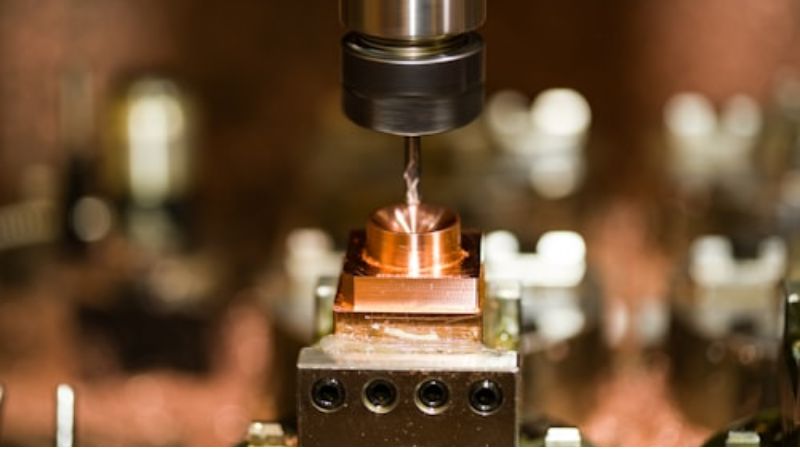
Photochemical machining (PCM) is great for making detailed metal parts. However, it has some limitations. Knowing these limits helps you decide if PCM is the right choice for your project.
1- Works Best on Thin Metals Only
PCM is made for thin metal sheets. It usually works well up to 2.5 mm thick. If the metal is thicker, it takes longer to etch and may not come out as clean. The process also gets more expensive. So, it’s not the best option if your part needs to be thick or very strong.
2- Not Great for Big Parts
This method is better for small or medium-sized parts. Making large parts can be tricky because the machines and tools have size limits. It’s also harder to keep the same accuracy over a big area. If you need large pieces, other methods like laser cutting might work better.
3- Involves Chemical Handling
PCM uses strong chemicals to etch the metal. These chemicals need to be handled safely. There are rules for storing and getting rid of them. While most companies do this well, the chemical part still adds extra steps and care. This makes it more complex than cutting or punching.
FAQs
What are the limitations of photochemical machining?
Photochemical machining (PCM) also has limits. It only works on thin metal sheets. It can’t make deep 3D shapes. Very thick metals are hard to etch. It doesn’t work on plastics or ceramics. Also, small undercuts can happen if the designs are too tight. The setup needs clean rooms and careful chemical handling.
What is the principle of photochemical reaction?
The principle of a photochemical reaction is to use UV that triggers a chemical change. When light hits certain materials, it gives energy to their molecules. This energy breaks chemical bonds or starts new ones. The UV light changes the resist so it can be removed in some areas. This lets the chemical etchant reach only the exposed metal.
Which tool is used for chemical machining?
The chemical etchants and protective masks are the main tools used in chemical machining. Common etchants include ferric chloride, nitric acid, or alkaline solutions. The resist is applied to protect areas. Other tools include spray etching machines, tanks, and rinsing systems to control the process.
Final Thoughts
To sum up, photochemical machining (PCM) is a smart way to make thin metal parts. It avoids the downsides of old machining methods. There’s no cutting or grinding. This keeps parts smooth, accurate, and free from burrs.
Furthermore, it works well with complex designs and quick changes, without needing costly tools. However, you should choose a good PCM supplier to enjoy all these benefits. Always check the supplier’s industry experience and material quality.
